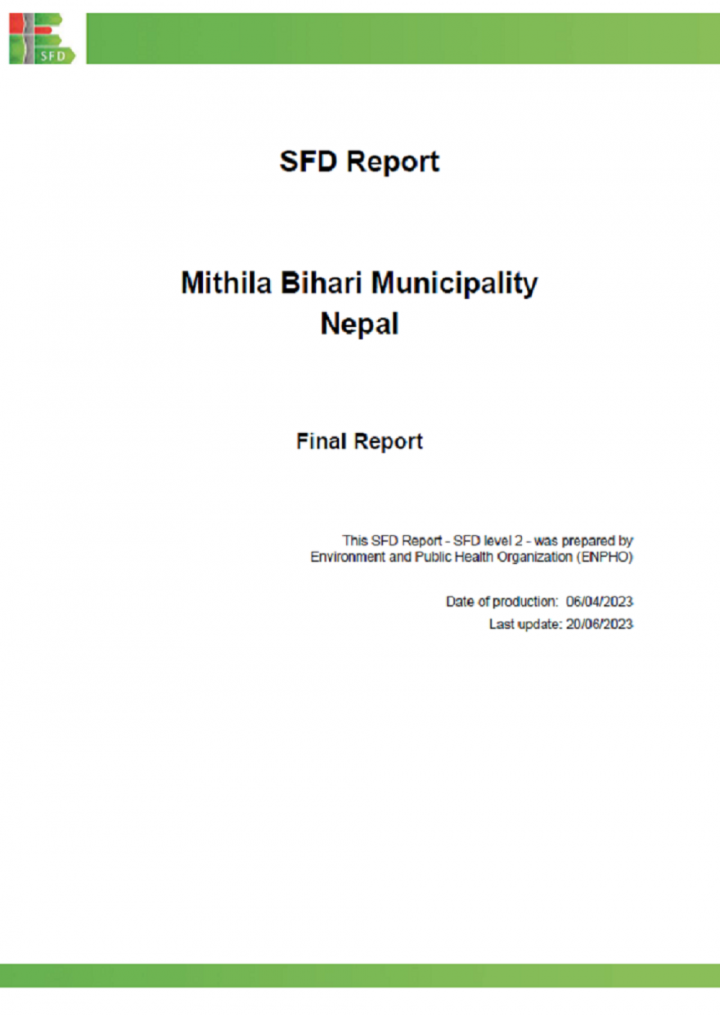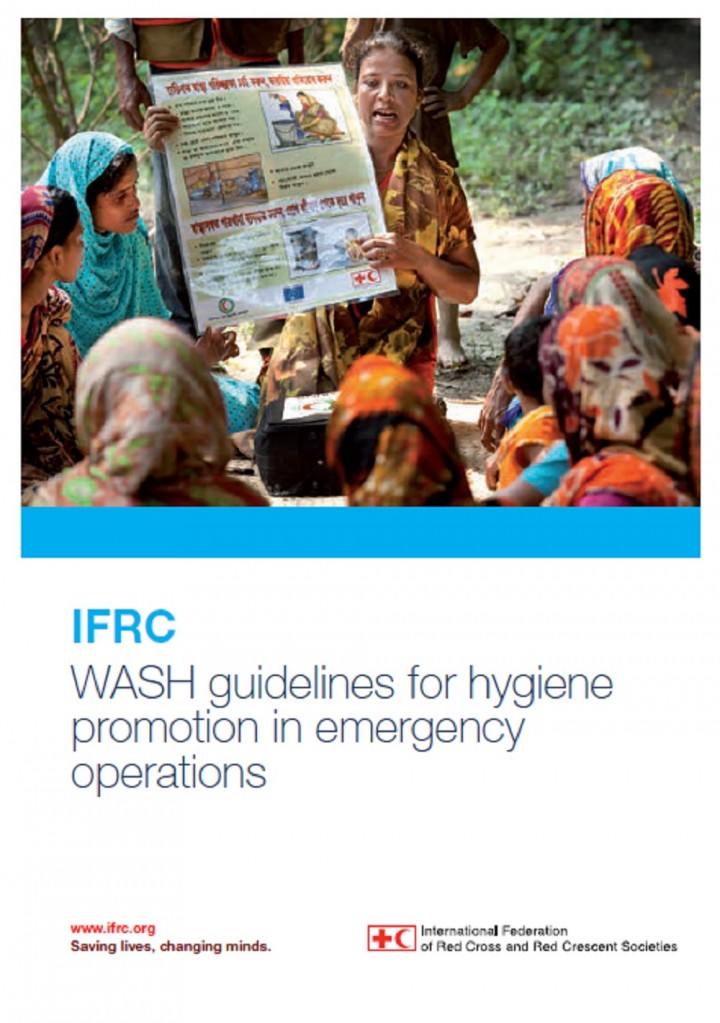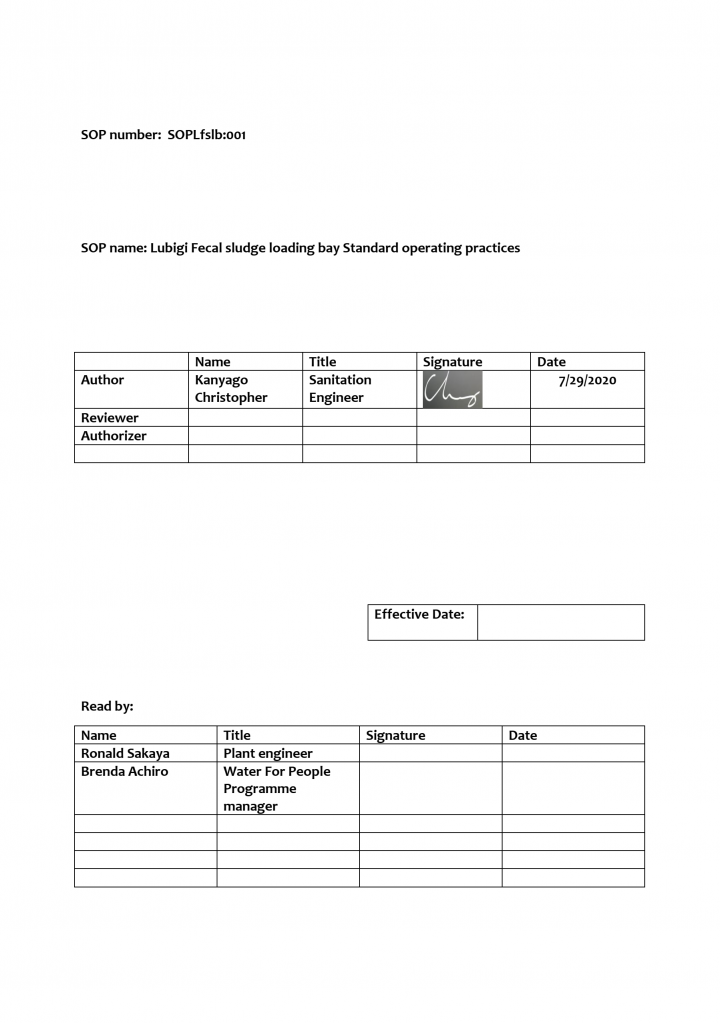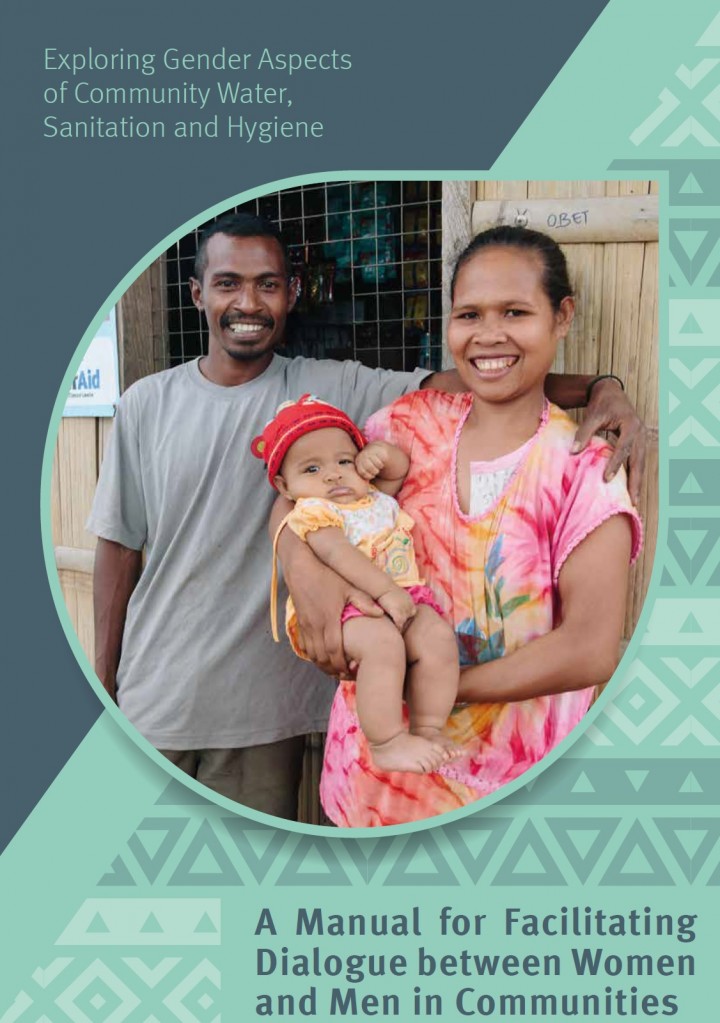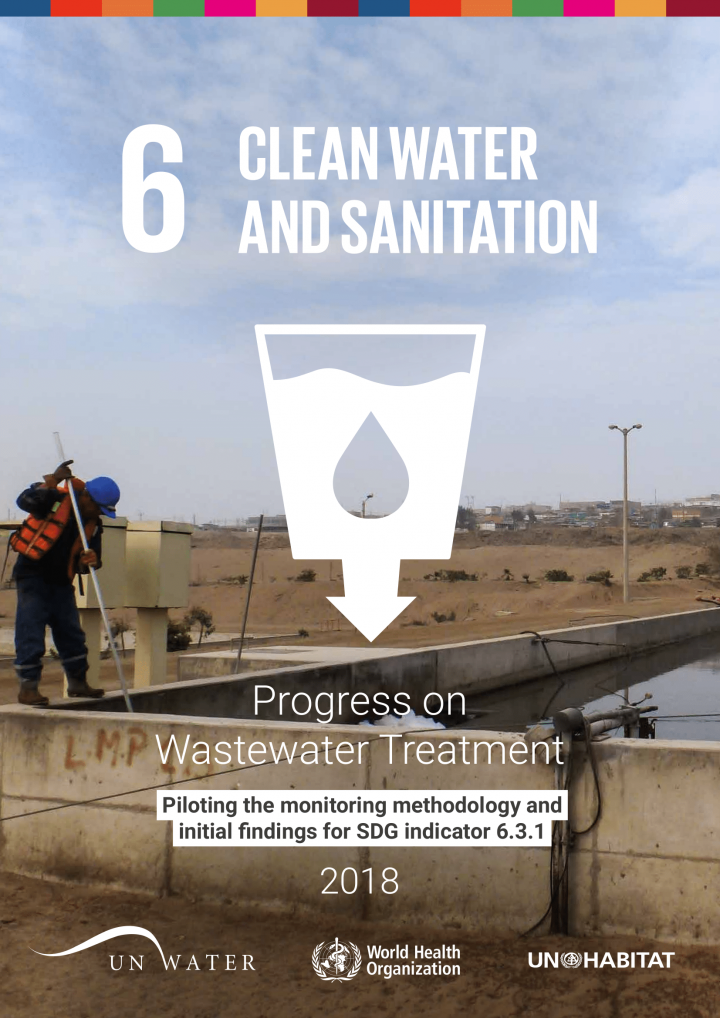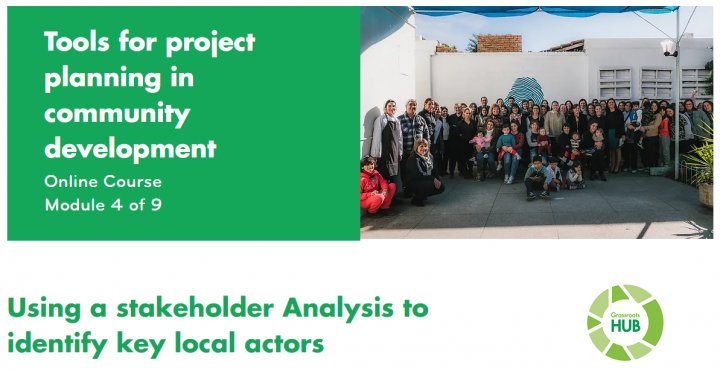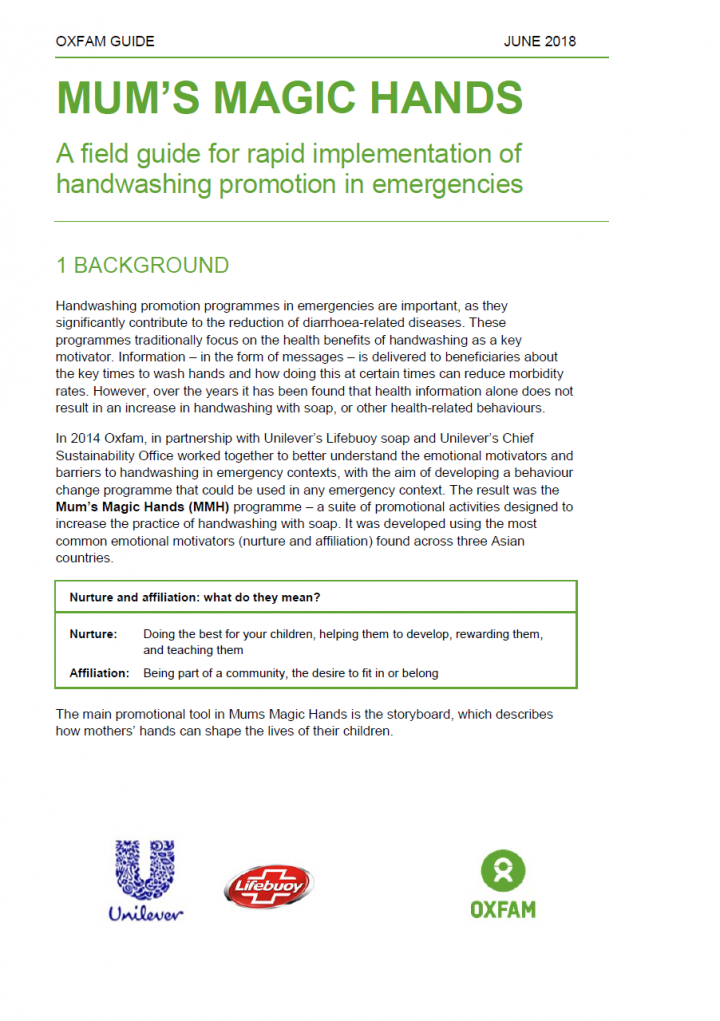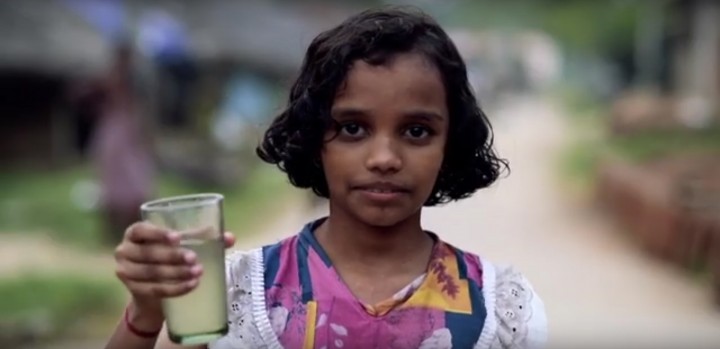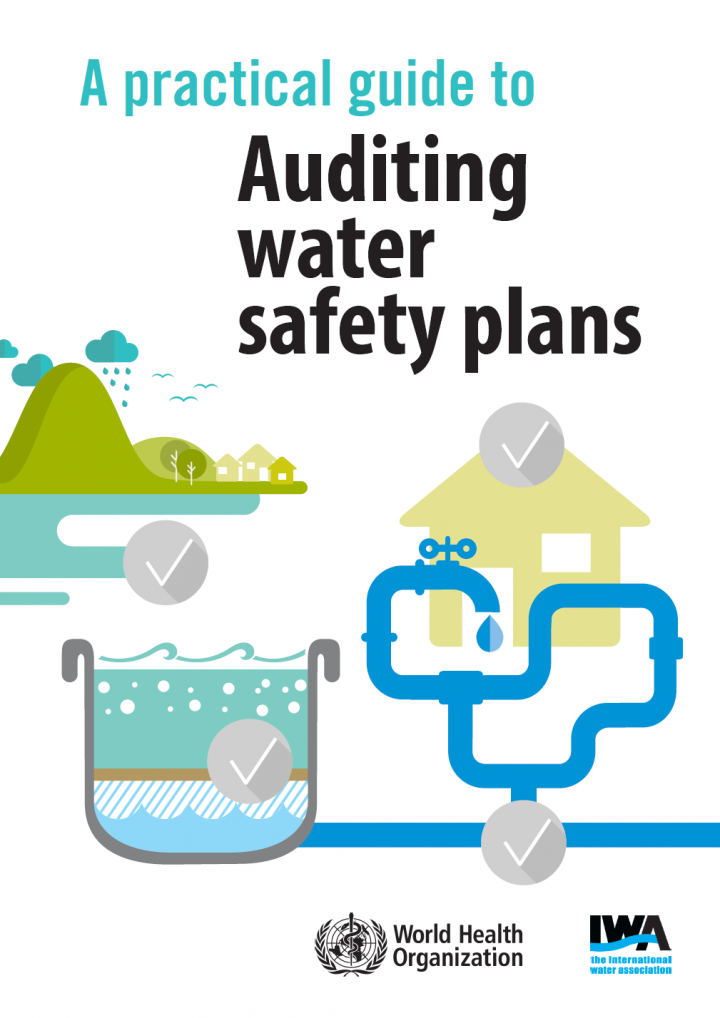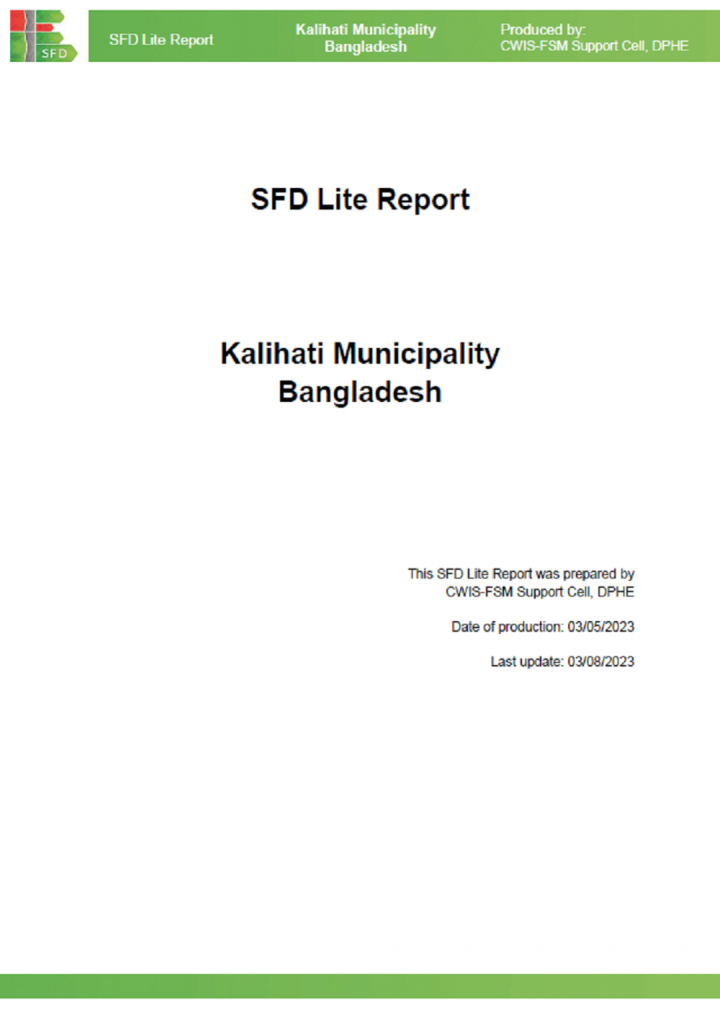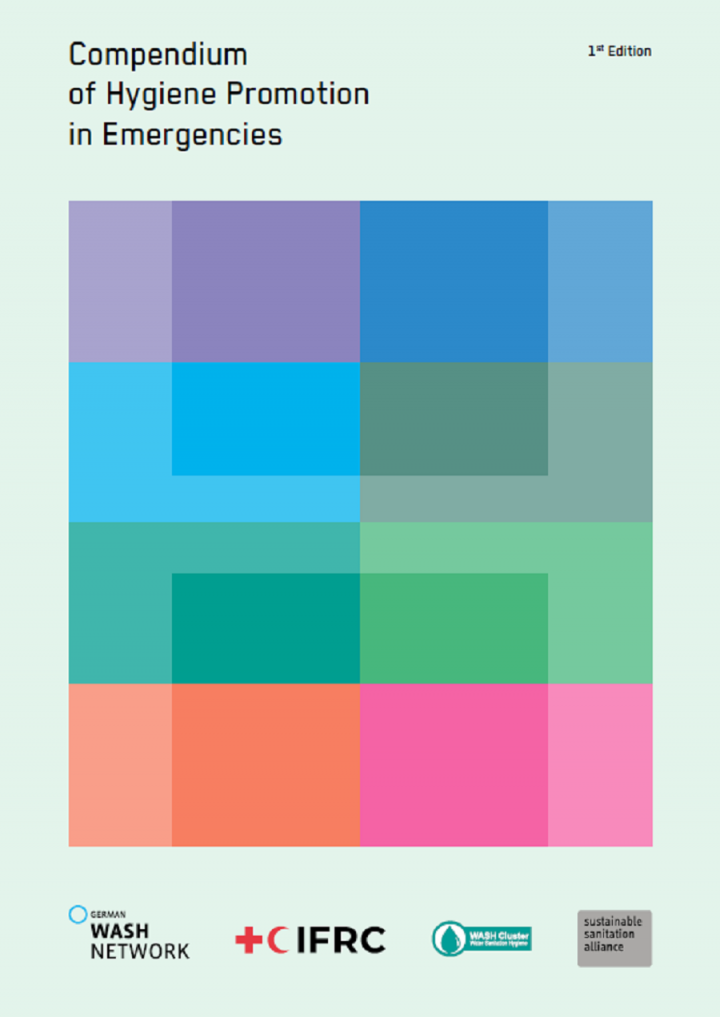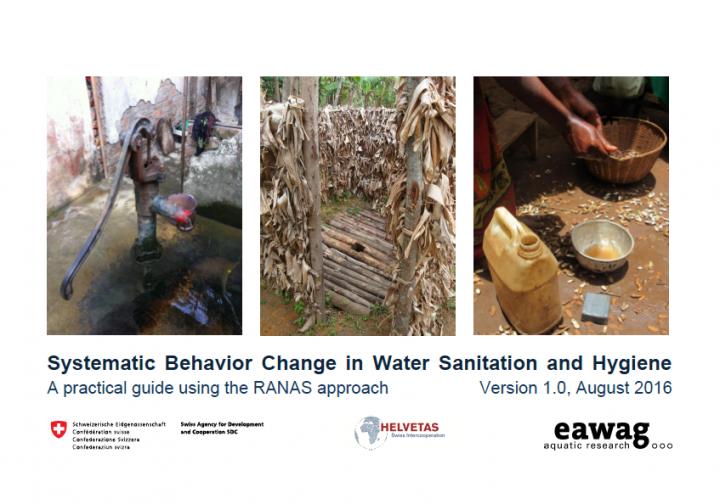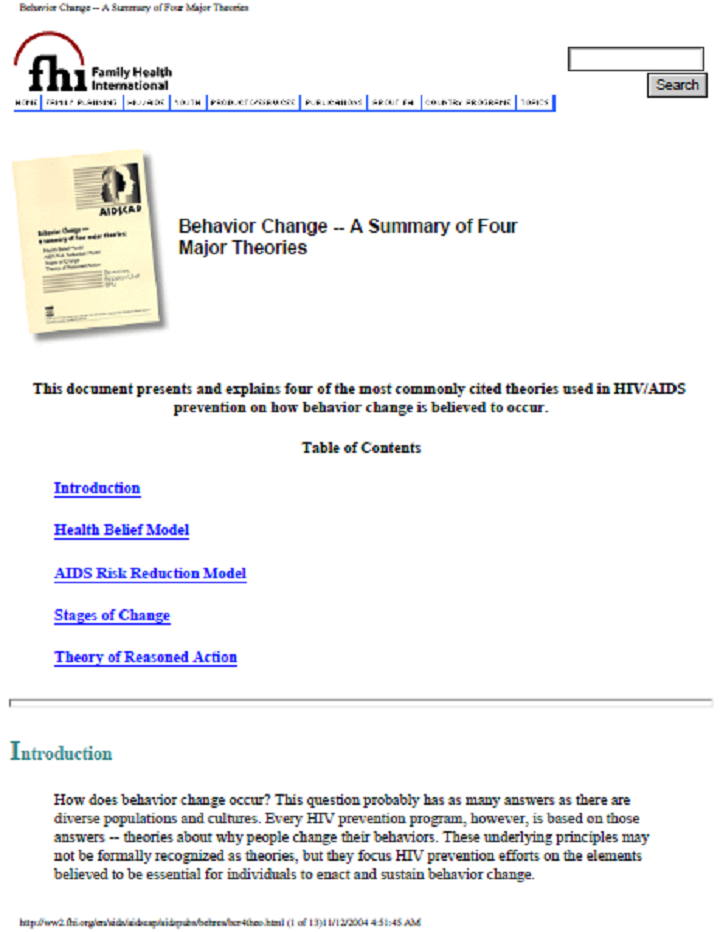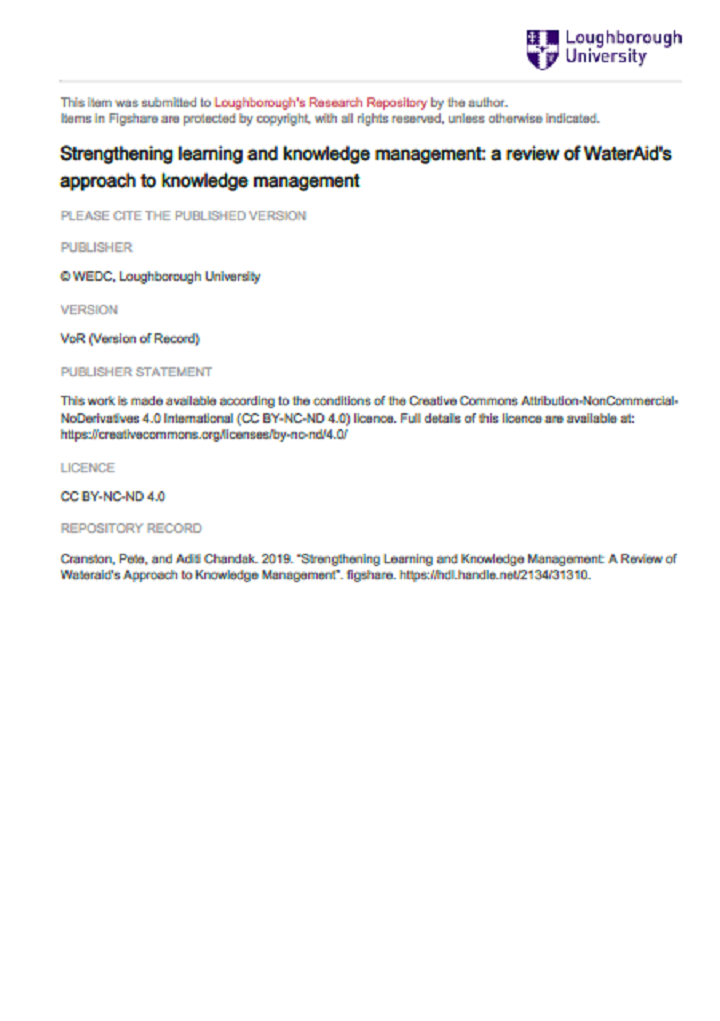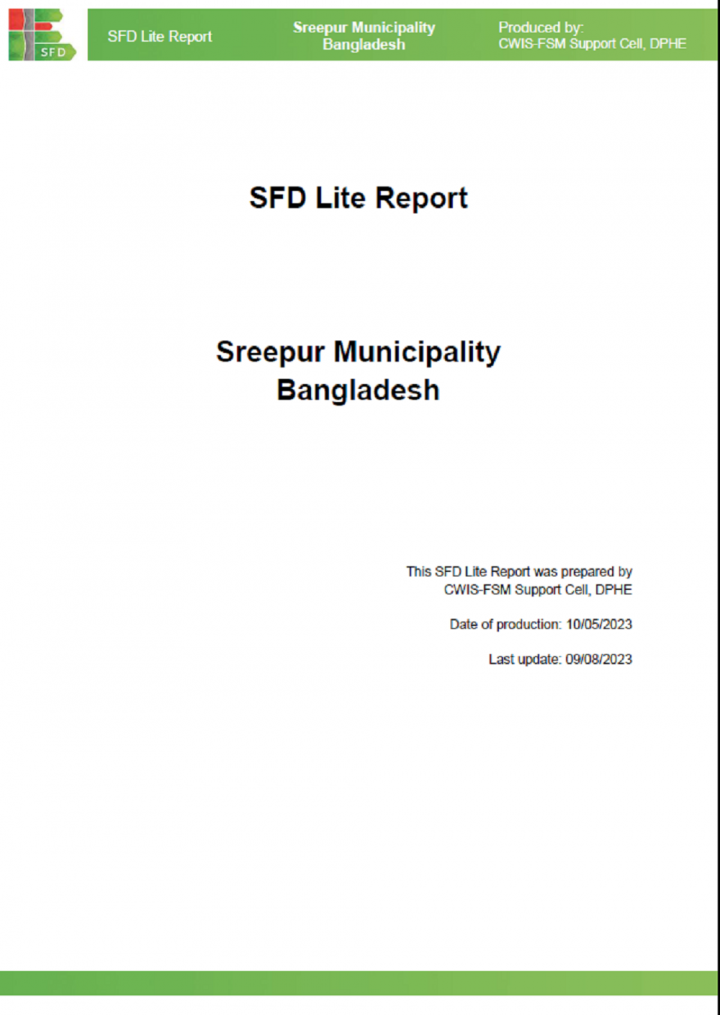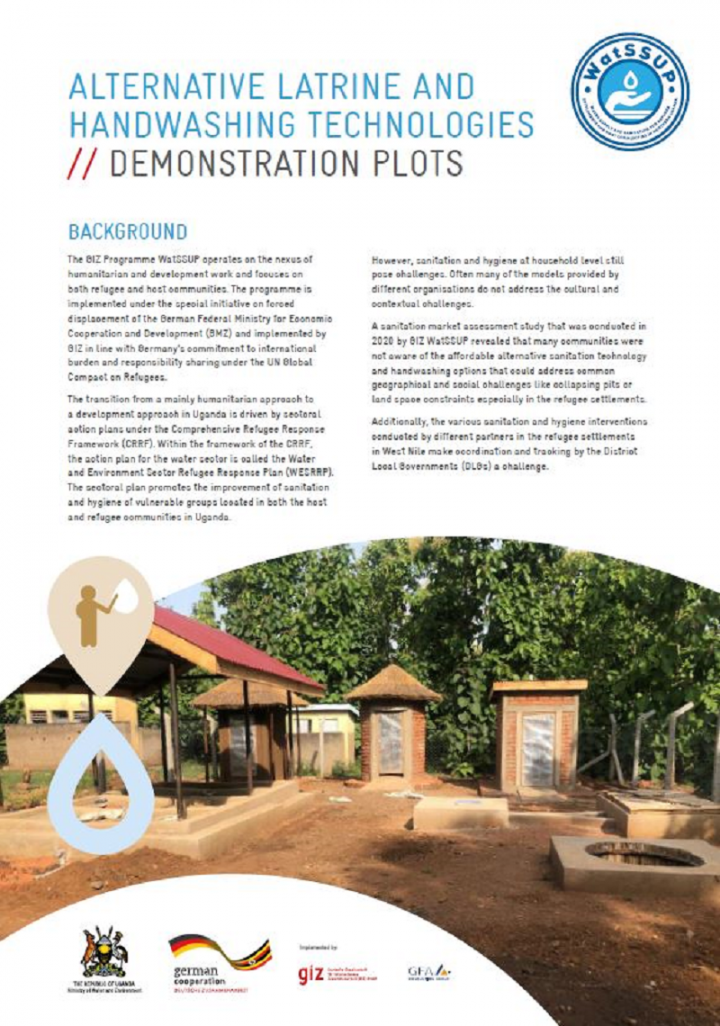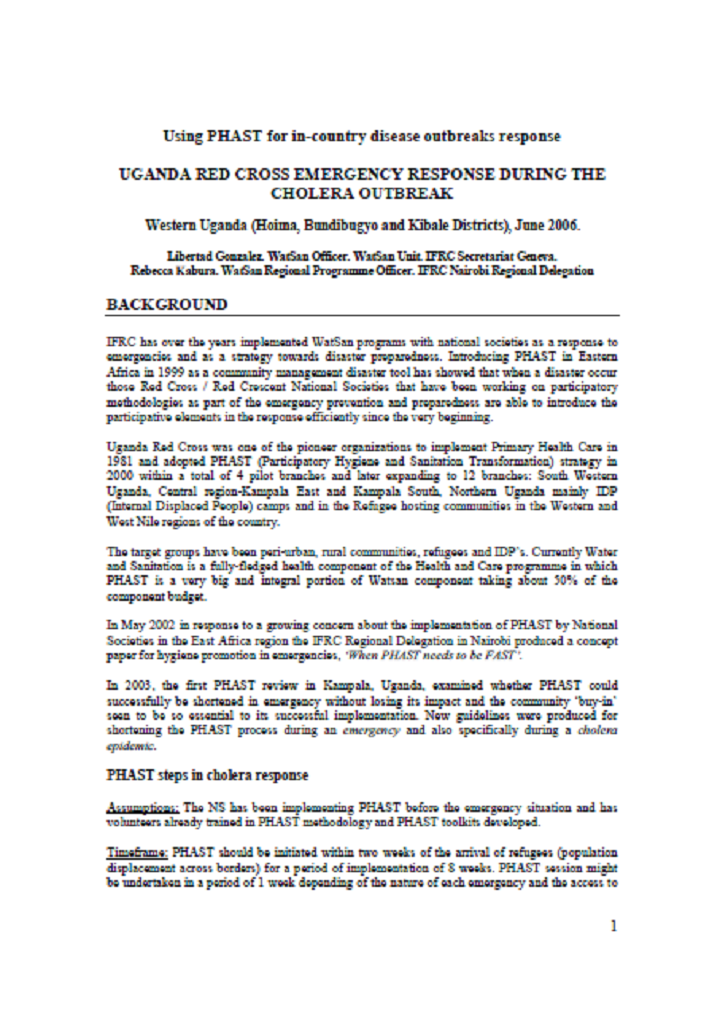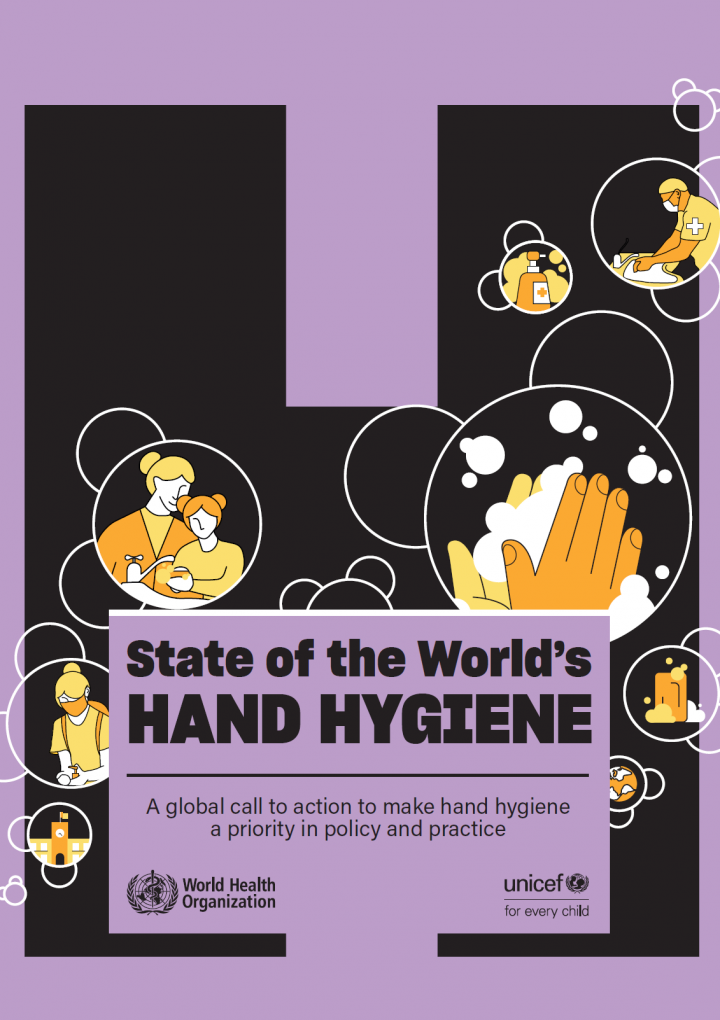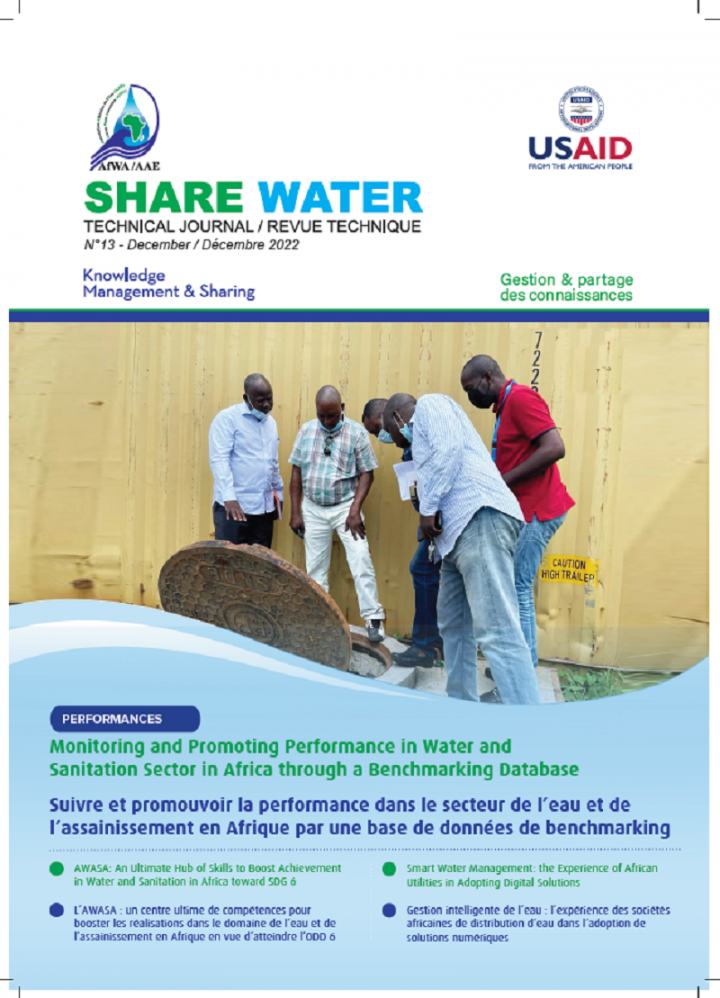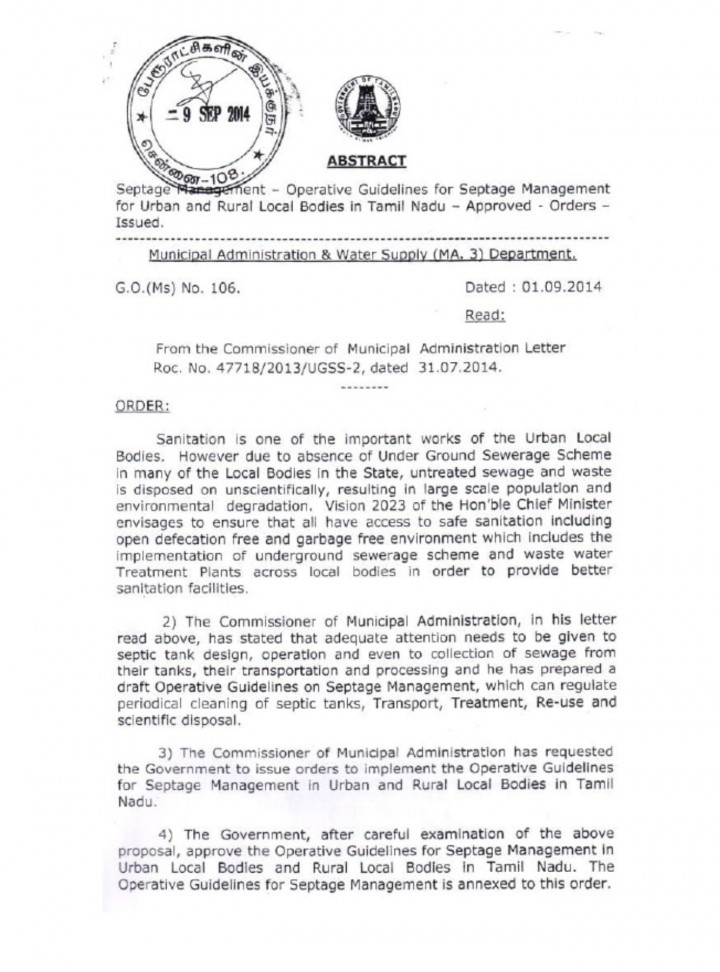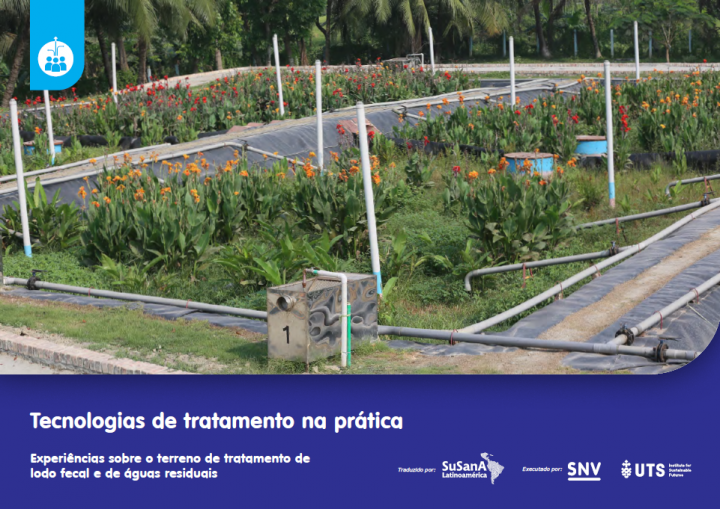Searching for information on Sanitation Workers?
The Sanitation Workers Knowledge + Learning Hub is the best source for all current news, trends, articles and updates on sanitation workers rights around the world.
Mithila Bihari is located in the Dhanusha district of Nepal (Madhesh Province). The municipality covers an area of about 27 kilometres and is situated at an altitude of 87 metres above sea level. The municipality was restructured in 2017 by merging six Village Development Committees (VDCs), which are Bhuthahi Partewa, Mithileshwar Nikas, Andupatti, Tarapatti, Sirsiya, Mithileshwar Mouwahi, Thera …
These guidelines outline a step-by-step process for Red Cross Red Crescent staff and volunteers to plan and implement effective, context appropriate hygiene promotion, without taking shortcuts or delivering ‘hygiene messages’. The guidelines provide National Societies with a standard approach for quality assurance, and an opportunity for more effective training and monitoring.
Faecal Sludge Plants (FSPs) require ongoing and appropriate operation and maintenance (O&M) activities in order to ensure long-term functionality. O&M activities are at the interface of the technical, administrative, and institutional frameworks that enable sustained FSPs function. “Operationdz refers to all the activities that are required to ensure that a FSP delivers services as designed, …
Many specialists from the fields of communication and disaster management from Latin America and the Caribbean participated in developing this manual. The contents were tested and adapted under actual emergency and disaster conditions. The final product reflects consensus among the experts about the most important uses of information and communication in emergency situations. This manual focuses …
This manual was developed by WaterAid Timor-Leste as a means to integrate gender inequality as a significant consideration in its water, sanitation and hygiene (WASH) programming at the community level. The Manual aims to foster and encourage change towards greater gender equality.
The approach is not to conduct formal ‘training’ but to facilitate opportunities for dialogue between women and …
The SDG 6.3.1 indicator report on “proportion of wastewater safely treated” describes the monitoring methodology developed and tested in consultation with wastewater experts, national sector experts and statistical authorities and harmonized with the International Recommendations for Water Statistics and established regional monitoring mechanisms.
The report also presents preliminary …
Handwashing promotion programmes in emergencies are important, as they significantly contribute to the reduction of diarrhoea-related diseases. These programmes traditionally focus on the health benefits of handwashing as a key motivator. Information – in the form of messages – is delivered to beneficiaries about the key times to wash hands and how doing this at certain times can reduce …
The film uses the common sight of leaders making many promises in rural areas. It compels a child to take a glass of visibly polluted water from her village to the leader, requesting for clean water. The focus here is to bring to attention that a vote for safe water is what we need to ensure the safety of our children.
Water safety plans (WPS) have been implemented in every region of the world, and many implementing countries have included WSPs in drinking-water policies or regulations. Enforcement of WSP requirements, as well as general WSP success and sustainability, requires ongoing WSP auditing, i.e. independent and systematic checks of WSP completeness, implementation in practice and effectiveness.
The …
Kalihati Municipality is situated within the Kalihati Sub-District (Upazila) in Tangail District (Zila), which is under Dhaka Division. The geographical coordinates of Kalihati are latitudes 24⁰16' N and 24⁰ 25' N and longitudes 89⁰ 85' E and 90⁰ 05' E. Its northern and western boundaries are formed by the upazilas of Bhuapur and Ghatail, the southern and eastern boundaries by the …
The Compendium of Hygiene Promotion in Emergencies is a comprehensive and systematic compilation of the most relevant sector-reviewed components, tools, methods and approaches to design and implement successful hygiene promotion (HP) and behaviour change interventions. It is applicable to all critical hygiene behaviours across all response phases. It is not intended to be a ‘How To’ guide but …
Sreepur Municipality is located in the Sreepur Upazila of Gazipur District under Dhaka Division. It is approximately 25 kilometres from the District town and in the southeastern portion of the Gazipur District. The geographical coordinates of Sreepur are between 24°10' and 24°14’ N and 90°23' and 90°29'" E . It is bordered on the north by the upazilas of Bhaluka and Gaffargaon, on the …
The GIZ Programme WatSSUP operates on the nexus of humanitarian and development work and focuses on both refugee and host communities. The programme is implemented under the special initiative on forced displacement of the German Federal Ministry for Economic Cooperation and Development (BMZ) and implemented by GIZ in line with Germany’s commitment to international burden and responsibility …
The simple act of cleaning hands can save lives and reduce illness by helping prevent the spread of infectious diseases. During the COVID-19 pandemic, hand hygiene received unprecedented attention and became a central pillar in national COVID prevention strategies. However, both access to the facilities to practice hand hygiene and support for the behaviours required are missing in many settings. …
The 1990s undoubtedly is the Decade of the Environment. Not because the decade may be so designated, or because there will be another world conference on the topic. The designation applies because there exists today an awareness, even a fear that, unless we take some decisive action to protect the environment, we will suffer unacceptable consequences; that this decade indeed could be the last …
The thirteenth issue of the African Water Association (AfWA) technical and bilingual magazine, Share Water, is now available. It provides solutions in terms of guidelines and tools likely to help manage the WASH businesses efficiently and mitigate the shortage of water supply, for improved access to sustainable water and sanitation services for all in Africa.
Among these solutions, the water …
The partially treated sewage that is stored in a septic tank is commonly called as Septage. It includes the liquids, solids (sludge), as well as the fats, oils and grease (scum) that accumulate in septic tanks over time. Septage management includes the entire process of design, collection, safe treatment& disposal of septage based on generation of sewage. A comprehensive program that regulates …
O funcionamento das estações de lodo fecal e de tratamento de águas residuais raramente é
desenvolvido como descrito em manual ou livro didático. No entanto, pouco foi documentado
sobre os desafios práticos da vida real dos envolvidos. Essa lacuna limita a capacidade dos
planejadores e tomadores de decisão de tomar as decisões de investimento certas. Essa
coleção de estudos de caso …

